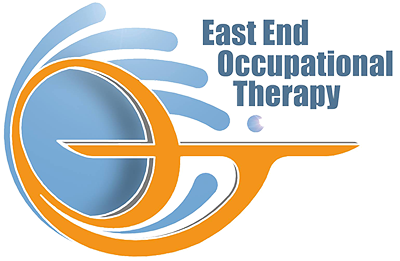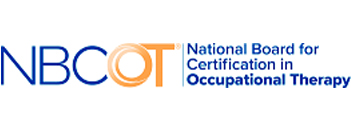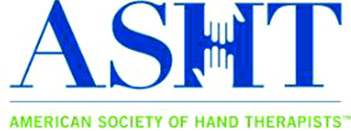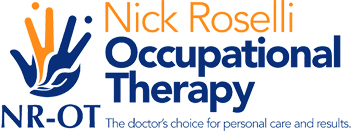Protect Yourself From Tennis Elbow This Summer

Tennis elbow can be a debilitating injury that lasts weeks. Tennis elbow, or lateral epicondylitis, is an overuse injury that affects the tendons connected to the outer portion of the elbow. This can happen to anyone who uses their wrist and forearm repetitively, not just tennis players. Repetitive movements or contractions of the forearm muscles connected to the elbow can cause stress on the tissue and lead to microscopic tears on the tendon. While anyone can become afflicted with tennis elbow, it is most common amongst 30 to 50-year-olds who have a certain occupation or play certain sports that require wrist and forearm movements. So how do you protect yourself from tennis elbow and avoid weeks of pain and recovery? Here are some tennis elbow prevention tips from expert occupational therapists at East End Occupational Therapy, who offer occupational therapy on long island.
How To Prevent Tennis Elbow:
Please make no mistake, it can be not easy to prevent tennis elbow. Since tennis elbow is an overuse injury, it usually occurs from the run-of-the-mill activities people need to complete in their everyday lives. Stopping these activities may not be plausible advice for some, especially when the activity causing the injury also provides for their livelihood. If it is at all possible, the first tip is to:
Stop The Activity
If this activity is causing pain, rest, and attempt to find a way to perform the function differently mechanically. If possible, do the action without requiring too much influence from the wrist and forearm. For example, if you use manual tools and actions like using a hammer or screwdriver cause you pain, consider a switch to automatic tools. Also, try to create a greater mind-muscle connection with your upper arm muscles. Greater focus on using your bicep, tricep, or shoulder muscles in your activities can enormously reduce the stress placed on your elbow tendons.
Warm Up Your Muscles
Proper warming up of a muscle group before activation is recommended for any activity because it has been shown to increase blood flow in the targeted area and prepare the muscle for a more involved workload. Warming up also positively affects flexibility, range of motion, and performance, lowering the risk of injury.
Strengthen Your Forearm Muscles.
One of our muscle’s functions is to act as shock absorbers for forces placed upon our bodies. The more muscle present, the less stress placed on underlying tissues like our bones and tendons. In the case of tennis elbow, sufficient forearm muscles protect our tendons from tears and are better able to:
Handle outside stressors on the wrist, arm, and elbow. Handle the stress of daily repetitive movements with proper form and function. A person with solid forearm muscles has the ability to do more work without sustaining overuse injuries than someone with weaker forearm muscles
Wear A Specialized Tennis Elbow Splint
It’s best to wear this splint while performing the repetitive activity causing you pain. There are splints on the market designed to keep your arm in a specific position so that when you perform certain wrist and arm movements, you do not sustain any more damage to your tendons than what is already present. For splint/brace recommendations, visit East End Occupational Therapy, occupational therapy on long island for professional advice.
Contact East End Occupational Therapy on Long Island!
Don’t let tennis elbow slow you down this summer! Find a proven prevention technique or recovery solution to your elbow pain. Contact our experts at East End Occupational Therapy, on long island, for your overall elbow pain concerns today! Contact us to learn more about how we can help you out!




